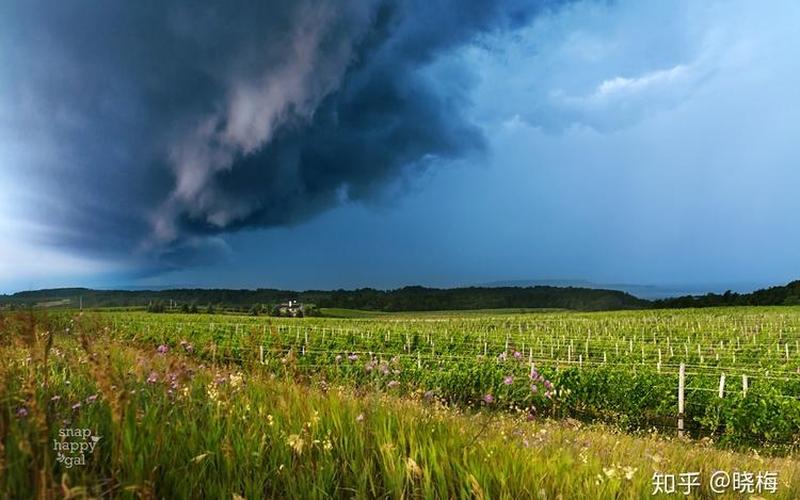Gloomy Outlook- A Bleak Perspective on the Future
Introduction
The future is always uncertain, but there are times when the outlook seems especially gloomy. In recent years, many people have become increasingly pessimistic about what lies ahead. This article will explore some of the reasons for this gloomy outlook and what it means for individuals and society as a whole.
Environmental Issues
One of the biggest concerns for the future is the state of the environment. Climate change, pollution, and loss of biodiversity are just a few of the problems that threaten the health of our planet. Despite efforts to address these issues, progress has been slow, and many experts believe that we are on the brink of a catastrophic environmental collapse.
The consequences of environmental degradation are far-reaching and could include food and water shortages, mass migrations, and increased conflict over resources. The effects of climate change, in particular, are already being felt around the world, with extreme weather events becoming more frequent and severe.
Economic Uncertainty
Another factor contributing to the gloomy outlook is the state of the global economy. Despite some signs of recovery in recent years, many people are still struggling to make ends meet. Income inequality, job insecurity, and the rising cost of living are just a few of the challenges that individuals and families face.
Moreover, the COVID-19 pandemic has caused widespread economic disruption, with many businesses closing and millions of people losing their jobs. While governments around the world have implemented measures to mitigate the impact of the pandemic, the long-term consequences remain uncertain.
Political Instability
Political instability is another cause for concern. In many parts of the world, democracy is under threat, and authoritarian leaders are on the rise. This trend is fuelled by a range of factors, including economic inequality, social unrest, and a sense of disillusionment with traditional political institutions.
The consequences of political instability are far-reaching and could include increased conflict, civil unrest, and even war. Moreover, the erosion of democratic institutions could lead to a loss of individual freedoms and a rise in authoritariani *** .
Technological Disruption
Rapid technological change is another factor contributing to the gloomy outlook. While technology has brought many benefits, such as increased connectivity and access to information, it has also disrupted traditional industries and created new challenges.
For example, automation and artificial intelligence are transforming the job market, with many workers facing the prospect of being replaced by machines. Moreover, the rise of social media and digital platforms has created new forms of addiction and social isolation, with many people struggling to cope with the constant barrage of information and stimuli.

Health Challenges
Finally, health challenges are another cause for concern. While medical advancements have led to longer life expectancies and improved health outcomes, new challenges have emerged, such as the rise of antibiotic-resistant bacteria and the growing threat of pandemics.
Moreover, mental health issues are becoming increasingly prevalent, with many people struggling with anxiety, depression, and other conditions. The COVID-19 pandemic has also highlighted the importance of mental health, with many people experiencing increased stress and anxiety as a result of the crisis.
Conclusion
In conclusion, the gloomy outlook on the future is driven by a range of factors, including environmental degradation, economic uncertainty, political instability, technological disruption, and health challenges. While these challenges are significant, it is important to remember that individuals and societies have the power to make positive change. By working together, we can create a brighter future for ourselves and future generations.







